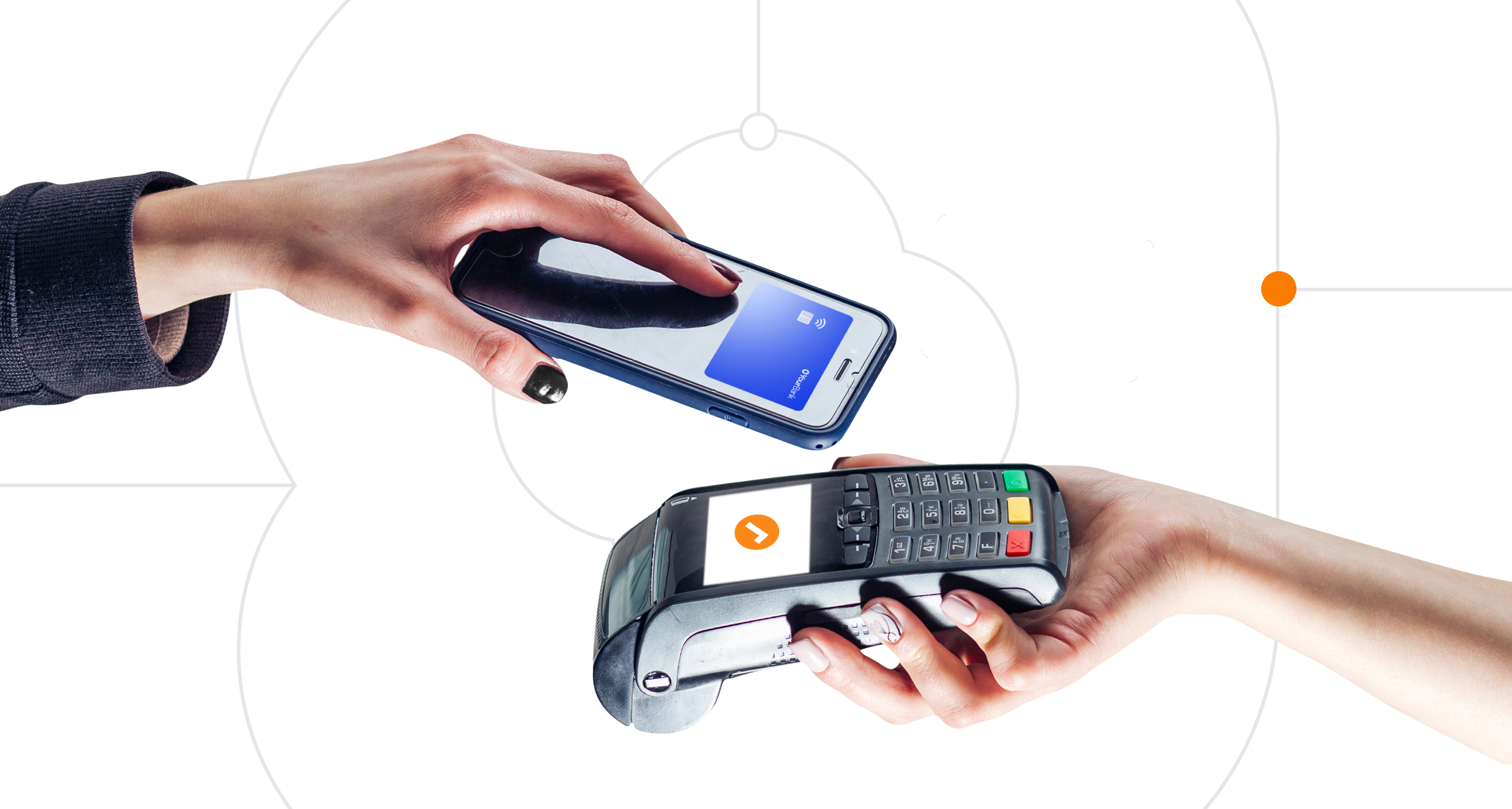Technology has been reshaping the way people bank for some time now, leading to a cascade of industry-wide changes. However, the acceleration of these changes can be summed up in a single word: fintech. The increasing number of entrants has made the financial services landscape much more competitive, prompting traditional institutions to launch one digital initiative after another at an unprecedented rate — or risk losing even long-standing customers to upstart organizations.
Recent technological advancements in banking have been commendable. However, more can be done, as some financial institutions have only just dipped their toes into the digital waters. No truer example exists than the credit card. For many banks, most aspects of the credit card experience are best described as legacy, which falls short in meeting the expectations of today’s consumers.
The Legacy Credit Card Experience
For example, take the credit card application process. Though most banks offer digital forms, the process itself is fairly antiquated: fill out the form, submit the application and wait for underwriting to review credit history, DTI ratios, assets, income and so on before learning whether or not the application is approved. Applicants are often left waiting for at least a few business days for their final application status, and that is before the physical card is even issued and shipped — which can take another five to 10 days, depending on the institution.
Then, there is the matter of activating the credit card. Of course, calling the card provider is not a huge ask of customers, but it is still one more step in what is already a time-consuming process. Should someone lose the activation code, input the wrong information or run into a technical glitch, they will quickly find themselves having to spend more time before using the new card. Though this should go without saying, it does not make for the best customer experience, especially considering the current competitive landscape.
For issuers, the legacy credit card experience can be just as long and drawn out. By and large, these systems offer limited accessibility for team members. They are also expensive to maintain, lack technical support and are often incompatible with the latest digital solutions. Besides, any enhancements or changes to existing products must be hard-coded and can take months, if not years, to implement. In other words, improving operational efficiency is challenging when relying on legacy technology.
The Digital Credit Card Experience
The digital credit card experience, on the other hand, aligns more closely with consumer expectations, offering not just greater convenience but personalization, automation and cohesion all along the customer journey. The application process alone is a significant improvement, with app-based credit card approval offered in a matter of moments. In fact, a digital application or a unified banking and payments platform offers banks the opportunity to pre-fill much of the data for consumers, with minimal inputs for certain fields, thereby improving the customer experience.
Furthermore, the digital experience allows approved applicants to use their cards almost immediately. For one, the terms and conditions are displayed digitally and can be accepted the same way, expediting the activation process. App-based credit cards can also be pushed to mobile wallets via tokens, making the cards available right away. Plus, there is always the option of accessing the card through the mobile app, which can be used for card-not-present purchases that same day.
Improving the experience even further are the various payment options available. App-based credit cards let consumers use their smartphones to pay for purchases at almost any retailer. Many wearables and IoT devices have this option, too. In addition, the card on file records can be updated automatically, which means any merchant authorized to store the payment information is never left with expired account data.
For financial institutions, the digital credit card experience almost mirrors that of the consumer. New enhancements or changes to product offerings, for example, can be implemented in a matter of days or weeks. Data is easily accessible, as the team is often working from a single source of truth, and the system is generally compatible with a wide array of other digital tools. As a result, greater operational efficiency is within easy reach.
As new fintechs enter the market, it has become more important than ever for traditional players to offer consumers a next-gen experience. They have come to expect it from every business, financial institutions included. Use the technology now available to improve products and services, attract new customers and enhance overall operations. Much like mobile banking, app-based credit cards are no longer “nice to haves.” They have become a necessity in today’s highly competitive marketplace.
If you would like to learn more about i2c and digital credit card experiences or need help getting your credit card up to speed, contact i2c today. A member of our team would be more than happy to provide you with additional information or help you find a digital solution that meets your organization’s needs.


